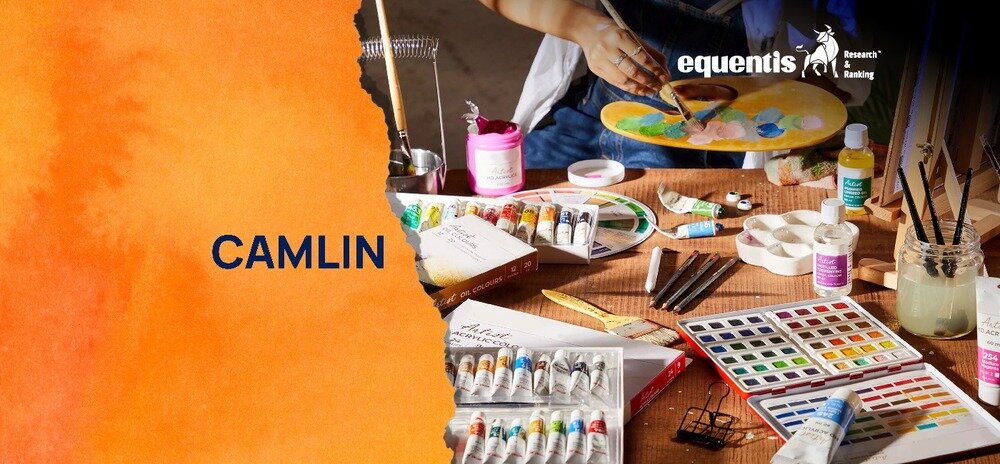Let’s be real – the best part of the new school year was definitely the new stationery. The fresh compass box, the smell of new paper, crisp textbooks, the sound of a sharpened pencil, and the colorful burst of crayons in the drawing book are all memories as clear as day. And there was one brand that helped bring a smile to your face.
This beloved brand almost shut down but persevered, reaching an annual turnover of ₹1,439.36 crores in 2023-2024. Curious to know who we are speaking about? Read on
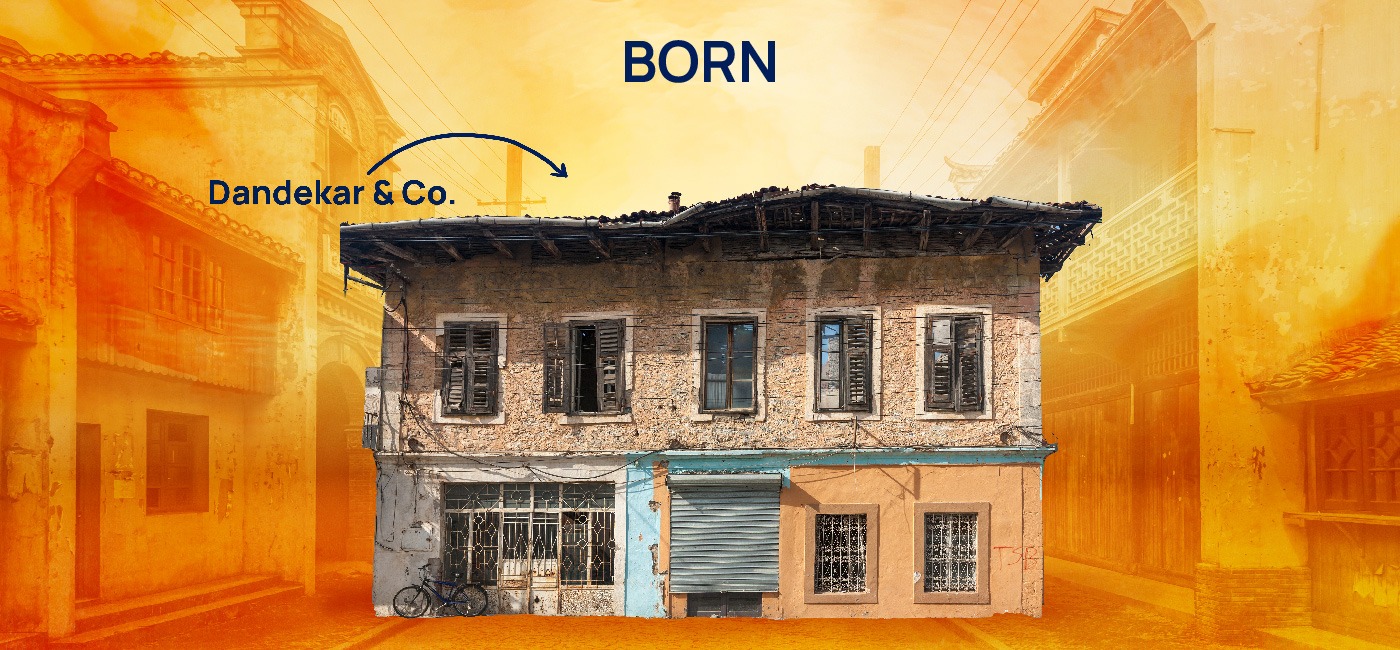
Born in the Spirit of Swadeshi
It’s 1931, and India was buzzing with the Swadeshi movement promoting the use of local goods. Chemistry graduate Digambar Parashuram Dandekar (DP Dandekar) quit his secure government job to set up his business.
Since stationery was imported from Japan, the UK, and Germany, his engineer brother Govind Dandekar and he decided to live up to the era’s ‘make in India’ fervor and started Dandekar & Co. as a partnership company.
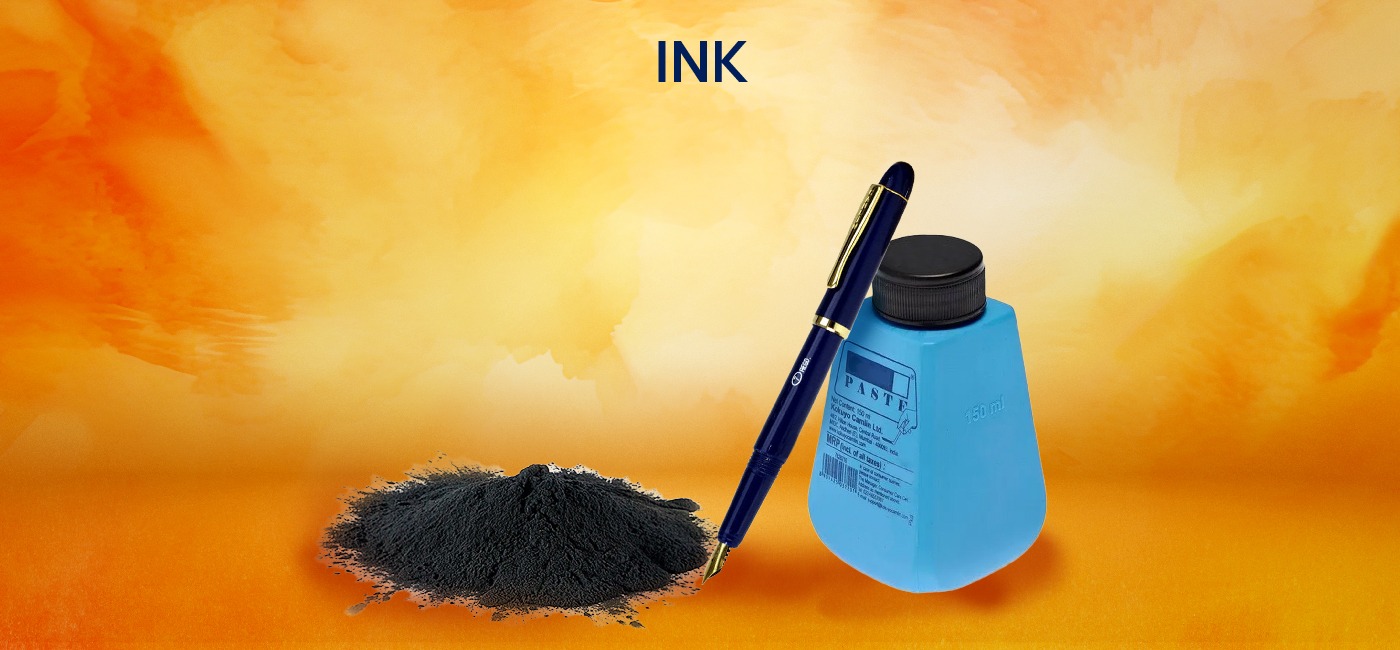
First of its Kind in India
Digambar Dandekar began manufacturing ink powder in his humble Girgaum Chawl residence. He would manufacture the product at night and then sell it to businesses around town during the day.
Soon, the powder turned into tablets, and liquid ready-to-use ink was sold in recycled glass bottles.
These were unbranded products that were still sold only on the quality and service. The brothers considered using a ‘horse’ as the brand name, but the hunt had to continue since it had already been taken.

Due To Cheaper Imports
The demand for Dandekar & Co. ink and allied products rose among businessmen in Maharashtra and Gujarat, helping them expand their businesses.
But things became harder when new tax revisions made imported products cheaper than local ink. Cheaper options threatened to drown out the company’s early success, so much so that the Dandekars considered temporarily shutting shop.
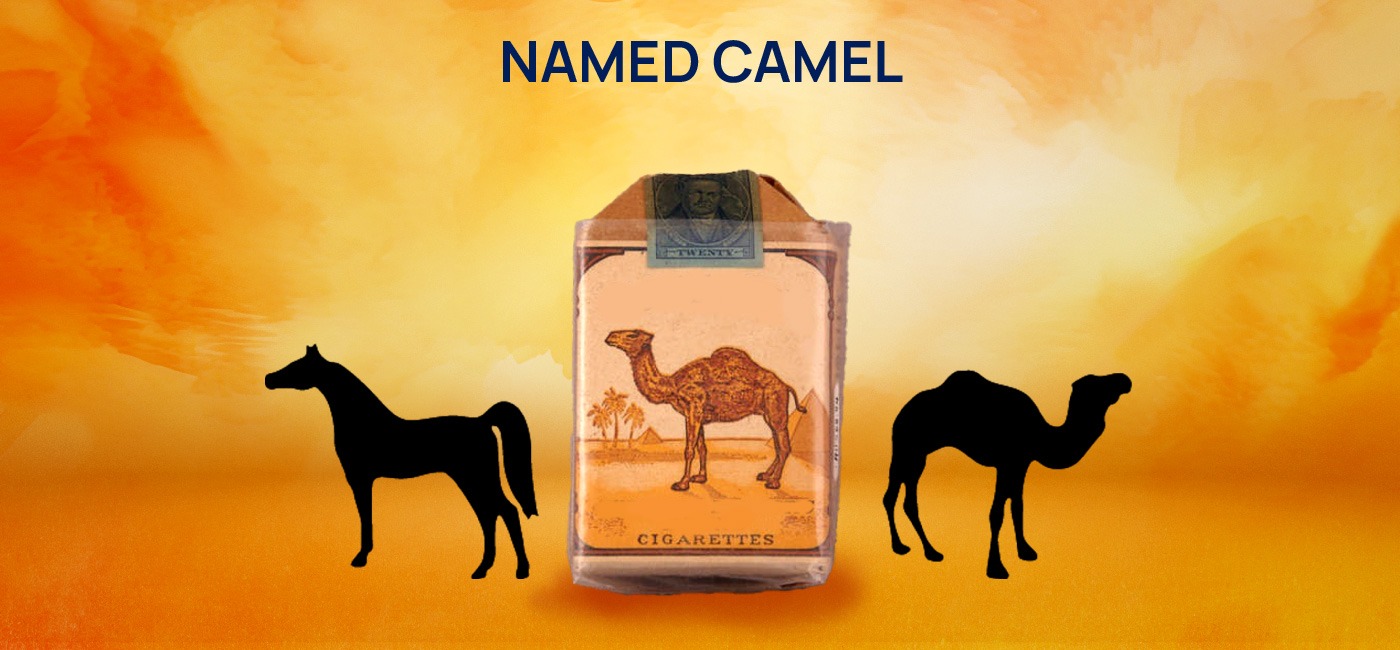
The Horse Transforms Into a Camel
The brothers knew they needed something unique to grab people’s attention as they were branching out to manufacture fountain pens. Creativity struck over a cup of chai at an Iranian cafe.
DP Dandekar saw an ad for Camel cigarettes and was inspired to change the brand to Camel. It was easy to spell, pronounce, and remember, and the ship of the desert symbolized strength and endurance.
As the mascot became as iconic as the brand’s products, they moved from the one room to a bigger space in Mahim in 1939.
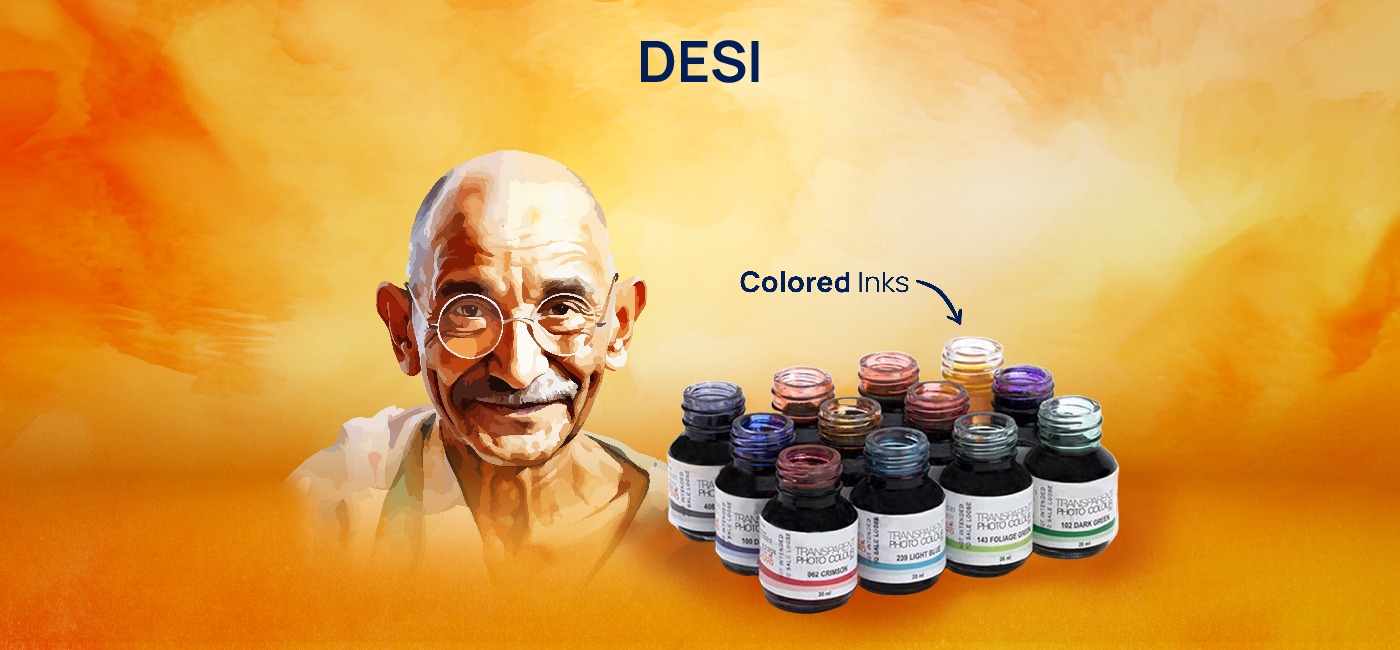
A Desi Artistic Awakening
Back in 1947, Camel wasn’t just selling crayons and sharing the love. As part of a business takeover, the company issued 600 shares to the vendors to acknowledge their contribution to its journey. No cash exchanged hands!
Another pivotal moment came in 1948 when an artist tasked with painting Gandhiji’s portrait after his assassination was forced to use imported materials.
The irony wasn’t lost on the Dandekars, who wanted to encourage artistic expression within India. So, they started making colored inks for artists.
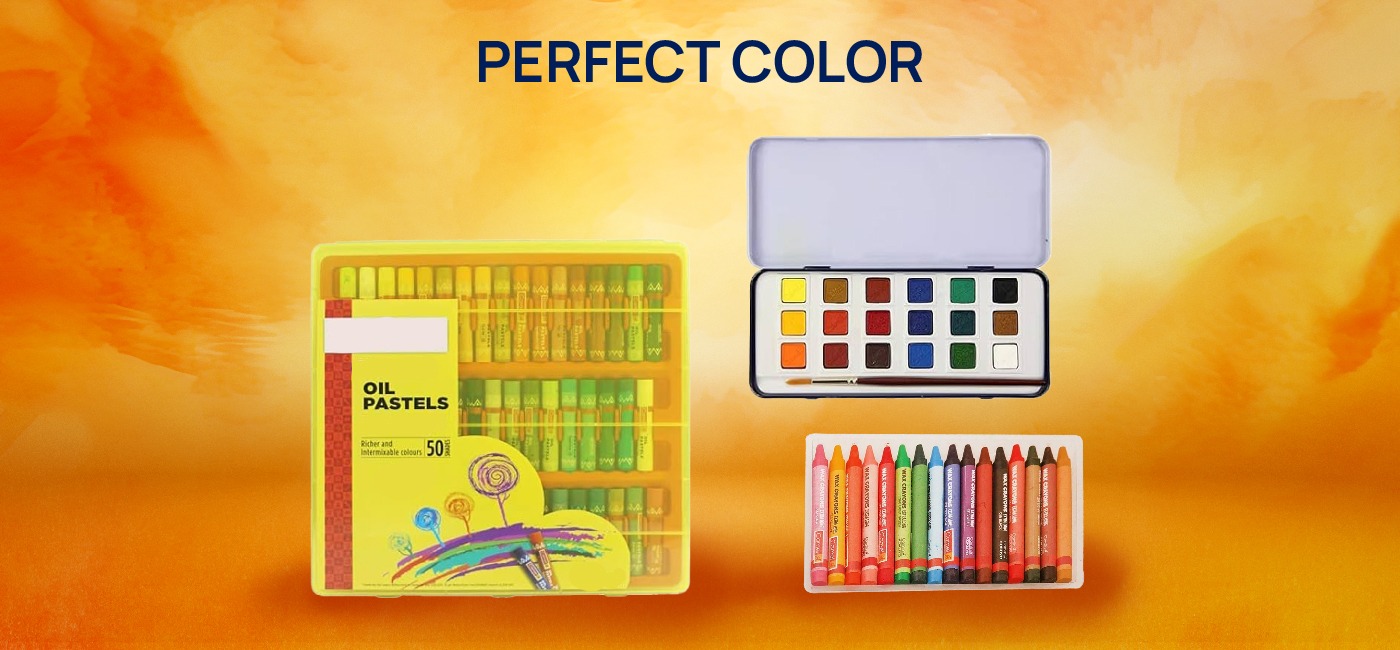
Adding Color To Expression
Camlin’s founder, DP Dandekar’s son, Subhash Dandekar, realized making perfect colors was tricky, so he traveled to Glasgow to learn more about color science.
Back home, he set up a lab and created unique colors for India’s artists. Finally, in 1962, his hard work paid off!
Camel launched a whole line of art supplies, including paints, crayons, and pastels, which still hold a special place in our hearts.
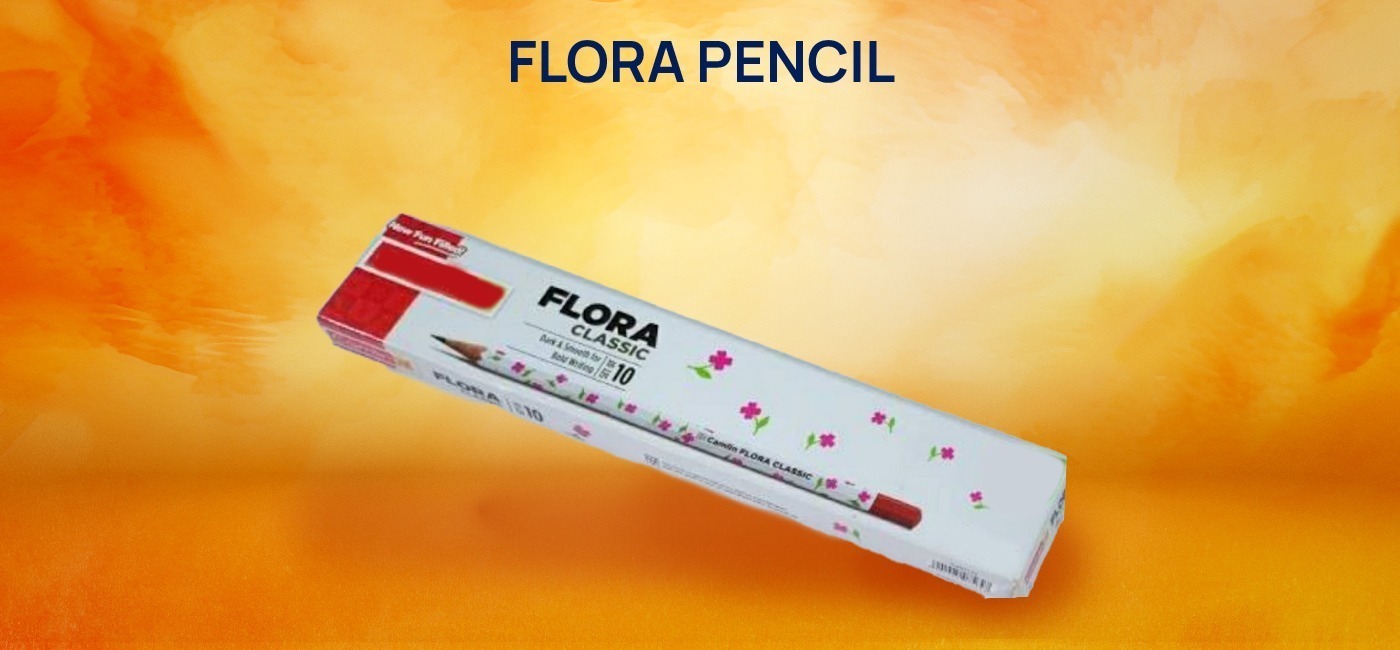
The Flora Blooms
The company was taking things up a notch. In 1974, it set up a brand new, fully equipped factory in Tarapur, Maharashtra. This move allowed them to start producing their own wood-cased pencils.
Then, the legendary Flora pencil with pink and purple flowers arrived. Who said style and substance couldn’t go hand-in-hand?
The brothers had created a high-quality pencil that looked too pretty to put down. The smooth glide on paper brought childhood drawings and essays to life.
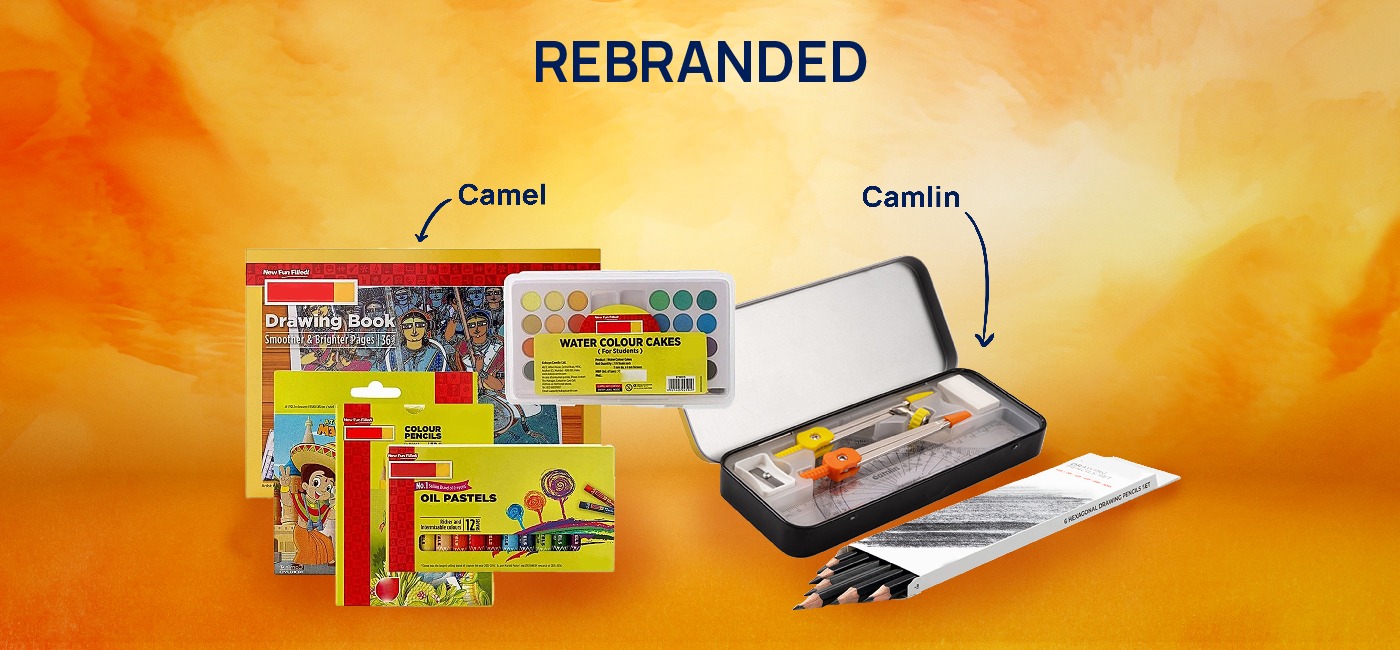
Camel Makes Way for Camlin
The Camel brand got a new identity in 1988. ‘Camel’ and ‘Ink’ came together to form a new brand identity, Camlin. The Dandekar brothers retained Camel and Camlin within the Camlin Ltd umbrella entity.
This big move augmented their standing and introduced a wide range of products. The Camel label included drawing materials and paints; Camlin had pencils, accessories, pens, geometry sets, etc.
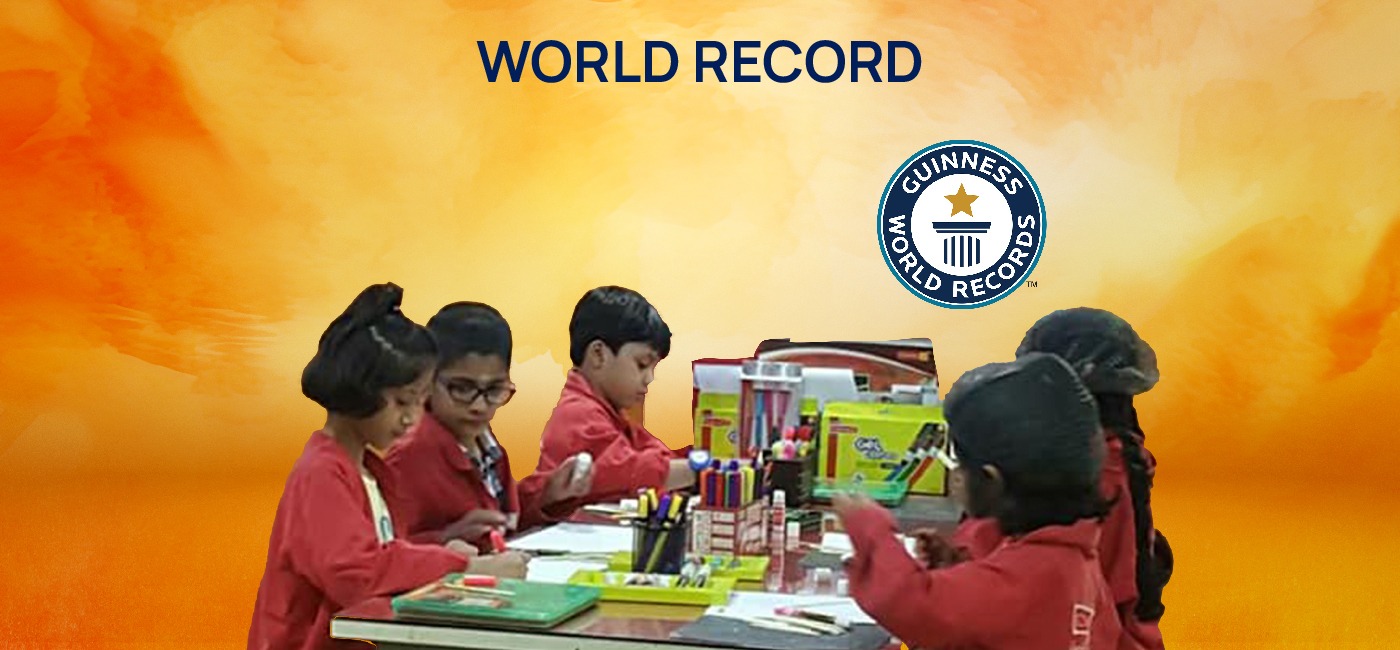
Brushstrokes of Creativity
Didn’t you love submitting your drawings and paintings for contests as a kid? Camel brought excitement to millions of children with its All India Camel Colour Contest.
In 2011, the contest was named the largest art competition in the Guinness Book of World Records. A whopping 4.8 million students participated in 6,601 schools, and in 2021, the number grew to 5.1 million students from 6,565 schools!

Nurturing Young Minds
In the interim, Camlin’s journey went beyond pencils and crayons. In 2009, the company embarked on a new adventure – early childhood education.
They opened their first Module preschool in Mumbai, creating a space where little ones could explore, learn, and discover their true potential.
The concept was a hit.
Since then, Camlin has opened three more preschools, becoming a popular choice among parents seeking a nurturing and stimulating environment for their tiny tots.

Kokuyo Acquires Camlin
Today, Camlin is part of the Japanese stationery giant Kokuyo, which boasts a 100-year legacy. Kokuyo acquired a 50.74% stake in the company in 2012 and later took over completely.
A new chapter began for the brand. The ownership changed, and while Camlin’s legacy of coloring Indian childhoods lived on, it expanded its reach to office stationery.

The Camel Strides On…
India’s school stationery supplies market reached $2,377.9 million in 2023 and is likely to touch $3,834.9 million by 2032.
Camlin may be in the race with Cello, Apsara, DOMS, Natraj, Kores, etc., owned by a Japanese company, but it will still be remembered for coloring countless Indian childhoods.
How useful was this post?
Click on a star to rate it!
Average rating 4.4 / 5. Vote count: 30
No votes so far! Be the first to rate this post.
I’m Archana R. Chettiar, an experienced content creator with
an affinity for writing on personal finance and other financial content. I
love to write on equity investing, retirement, managing money, and more.
-
Archana Chettiarhttps://www.equentis.com/blog/author/archana/
-
Archana Chettiarhttps://www.equentis.com/blog/author/archana/
-
Archana Chettiarhttps://www.equentis.com/blog/author/archana/
-
Archana Chettiarhttps://www.equentis.com/blog/author/archana/

